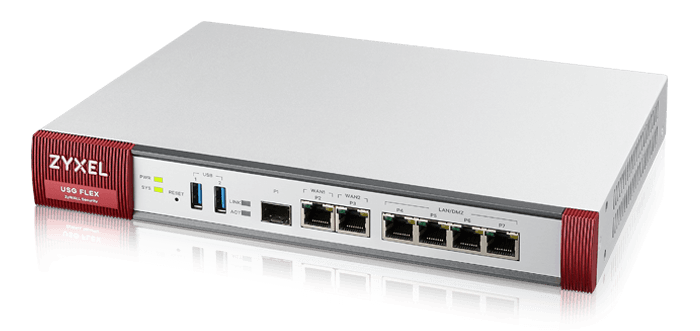Security
How AI is Transforming Network Security for the Better
17 September 2024
|
Zaker Adham
Artificial intelligence (AI) is dominating conversations worldwide, and for good reason. This groundbreaking technology is set to revolutionize many aspects of our lives, including network security. According to the IT Risk and Compliance Benchmark report, around 80% of organizations consider AI integral to their operational strategy. However, the rise of AI also brings potential risks, such as the possibility of cybercriminals leveraging it to bypass security systems and launch cyberattacks.

Should we be concerned? Both yes and no. Yes, AI can be used by malicious actors to increase the scale and effectiveness of their attacks. But no, because with the right precautions in place, we can use the same AI technologies to reinforce our defenses and combat these threats. The industry is already applying AI to enhance network security, making tools smarter, faster, and more intuitive.
Enterprise-Level Security at Small Business Prices
At Zyxel Networks, AI and machine learning (ML) have been integral to the development of our products, particularly in our Nebula cloud management platform and our global threat prevention network. For example, the USG FLEX H firewall appliances from Zyxel integrate AI, delivering enterprise-grade security at a price point accessible to small and medium-sized businesses (SMBs).
All Zyxel USG products are continuously updated through a global security cloud, which collects data from devices worldwide to provide real-time protection against emerging threats. This evolving security ensures that devices and the networks they support are always up-to-date and protected.

In addition, AI-driven protection has been embedded into Zyxel’s WiFi access points and network switches. These devices collaborate, sharing data to identify common threats and apply customized signature profiles for enhanced security.
Collaborative Detection and Response
Zyxel’s Nebula platform also includes collaborative detection and response (CDR), a feature that actively monitors networks for any unsafe devices. If threats are detected, CDR can contain the devices based on pre-set rules determined by network administrators or Managed Service Providers (MSPs). Nebula also includes sandboxing features, which quarantine suspicious files or network packets until they’ve been properly analyzed.

For WiFi users, AI and ML simplify management and improve performance. Features like WiFi Health continuously monitor connections between access points and devices, identifying any interference or connectivity issues. Unusual patterns are flagged, and network administrators are alerted to potential problems with specific connections or devices.
Another AI-powered feature, WiFi Aid, takes network management even further by monitoring not just the link between access points and client devices, but the network itself. If a user is experiencing slow performance, it might not be the WiFi—there could be issues with the connection between the access point and the wired network, or with external broadband or Ethernet connections.
AI Driving Positive Change
AI has opened up a world of possibilities, allowing businesses to improve network security, performance, and reliability. While AI can pose certain challenges, its potential for positive change is vast. AI is helping us recognize and block increasingly sophisticated cyberattacks, accelerate research, and develop better solutions for network security. As AI continues to evolve, it will become an even more powerful tool to secure and optimize networks, ensuring they are safer, faster, and more reliable than ever before.




